Rank Species | Genus Epilobium Higher classification Willowherbs | |
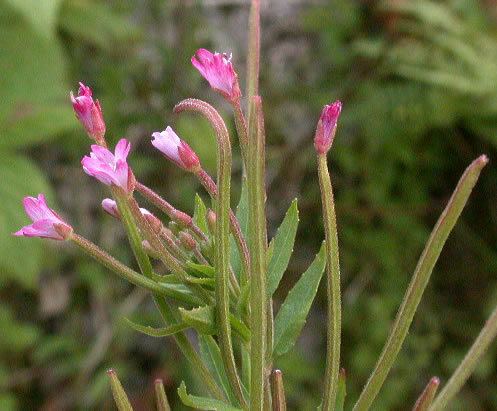 | ||
Similar Willowherbs, Epilobium palustre, Epilobium montanum, Onagraceae, Epilobium tetragonum | ||
Epilobium ciliatum
Epilobium ciliatum, known by the common names fringed willowherb, American willowherb, slender willow herb, and northern willow herb is a species of flowering plant in the willowherb family Onagraceae. This species is native to much of North America, southern South America, and East Asia. It is an introduced species in much of Eurasia and Australia.
Contents
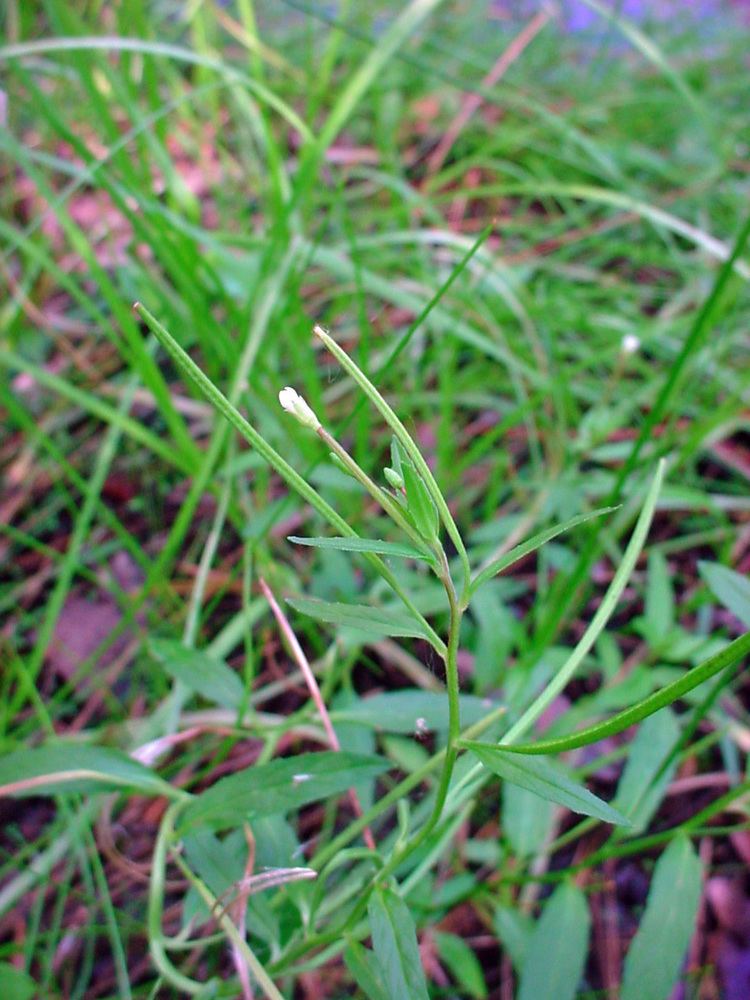
This perennial herbaceous plant usually occurs in wetlands, but may be found in a great variety of habitats, including disturbed areas and roadsides, at elevations below 1,400 metres (4,600 ft).
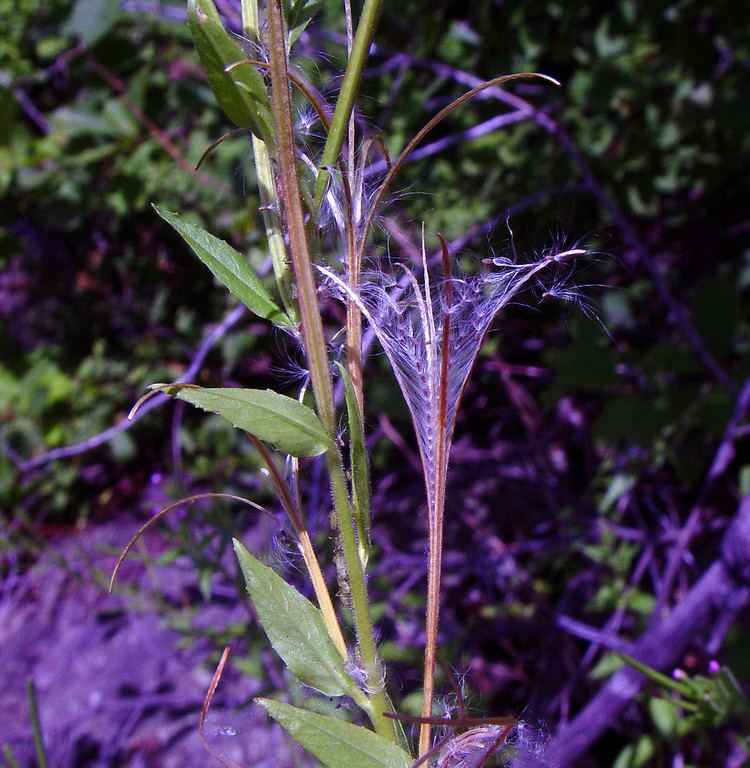
Description
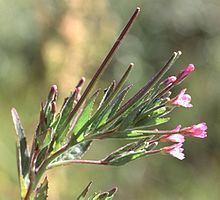
Epilobium ciliatum is a clumping perennial often exceeding 1.5 metres (4.9 ft) in height. It has thickly veined lance-shaped leaves which may be up to 15 centimeters long toward the base of the plant. The foliage, stem, and inflorescence are covered in bristly hairs and glands.

There are four sepals. The regular, trumpet-shaped flowers have four petals which are so deeply notched they look like four pairs. They are white to light purple or pink with dark veining. There are eight stamens and a club-shaped stigma. The fruit is a narrow, hairy, four-chambered capsule up to 10 centimeters in length which may be held on a long stalk. The seeds are downy and can float for long distances with the wind.
Subspecies
Three subspecies are currently recognized:
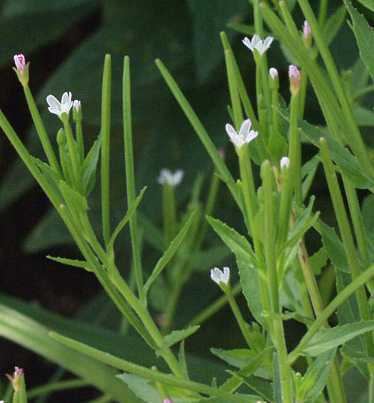
Taxonomy
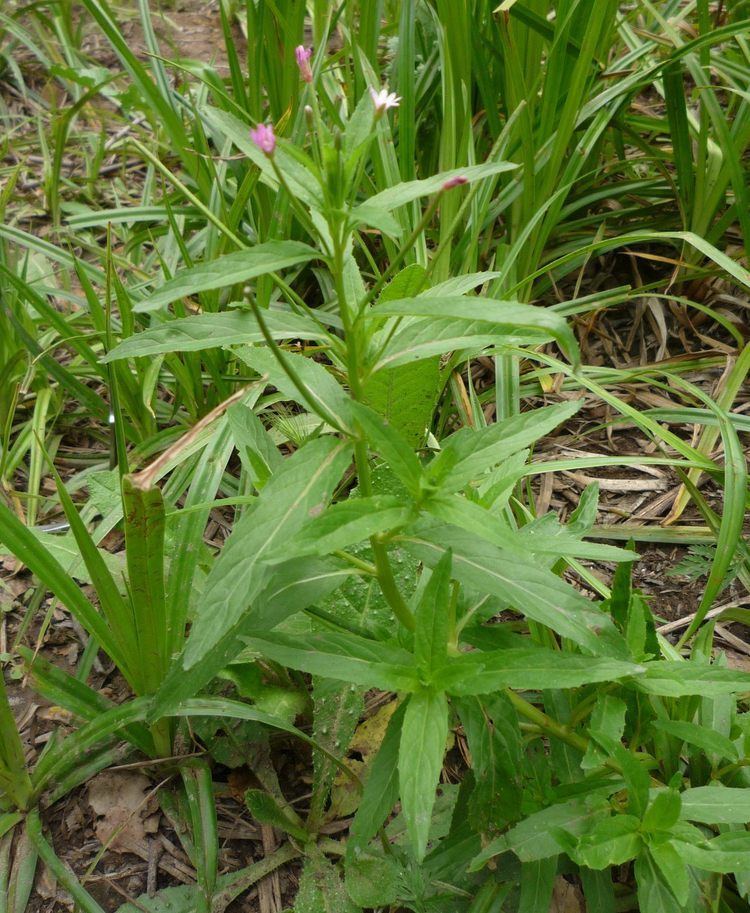
Epilobium ciliatum may be a cryptic species complex. The Rocky Mountain Willowherb (Epilobium saximontanum) is sometimes included as yet another subspecies.
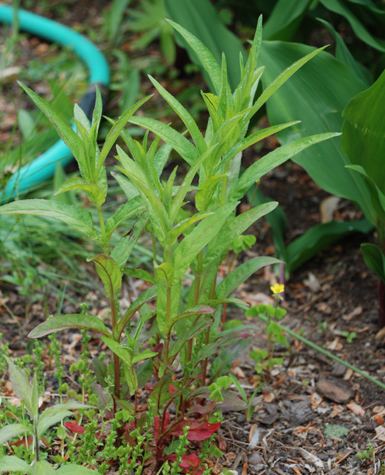
The three currently recognized subspecies may each constitute a distinct species. If so, E. ciliatum ssp. watsonii would perhaps use the name E. adenocaulon and include those populations, while E. ciliatum ssp. glandulosum would perhaps use the name E. bergianum and include those populations. The others named E. ciliatum ssp. ciliatum populations would remain.
Distribution and habitat
Epilobium ciliatum is native to the southern part of Canada and most of the United States of America. It arrived in northern Europe early in the 20th century and spread rapidly, reaching Finland in about 1920. It is a plant of moist places, stream-sides, ditches, ponds, gardens, roadsides, recently cleared areas and wasteland.
